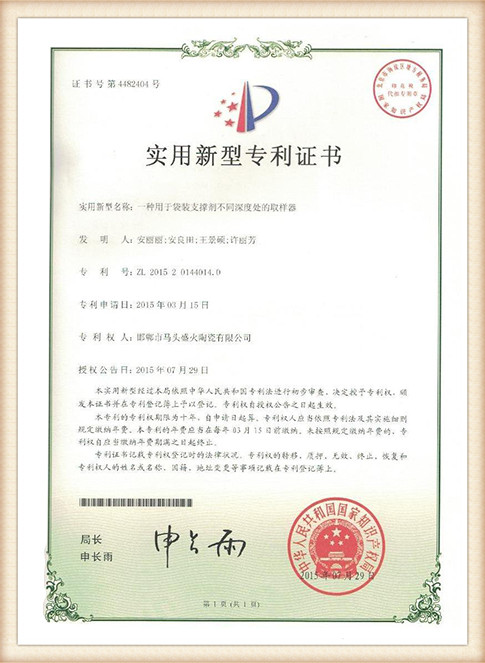The Rising Importance of Resin Coated Sand Plants
In the contemporary manufacturing landscape, the demand for high-quality casting materials is ever-increasing. One of the most significant innovations in this field is the development of resin coated sand plants. This specialized facility produces resin-coated sand, which is crucial for various industrial applications, particularly in die-casting and foundry processes.
What is Resin Coated Sand?
Resin coated sand consists of sand grains that are coated with a thermosetting resin. This unique combination enhances the properties of traditional sand, making it more suitable for casting applications. The resin provides improved dimensional accuracy, reduces casting defects, and increases the strength of the molds. These advantages are pivotal for industries such as automotive, aerospace, and heavy machinery, where precision and durability are imperative.
The Process of Producing Resin Coated Sand
The production of resin coated sand involves several key steps. First, high-quality base sand is selected. This sand must possess certain properties, including a particular grain size and shape, to ensure optimal performance. The selected sand is then heated to facilitate the coating process.
Next, the thermosetting resin is mixed with the heated sand. The heat causes the resin to become viscous, allowing it to coat the sand grains evenly. Once the sand is coated, it is cooled and sometimes screened to achieve the desired particle size distribution.
The final product must undergo rigorous quality control testing. This ensures that the coated sand meets specific standards, such as tensile strength, hardness, and thermal stability, which are critical for its performance in casting applications.
Advantages of Using Resin Coated Sand
resin coated sand plant

The use of resin coated sand offers numerous advantages over traditional sand casting materials. One of the most significant benefits is improved surface finish. The resin creates a smoother surface in the mold, resulting in better surface quality on the final cast products. This is particularly important for industries that require precision components with minimal machining.
Additionally, resin coated sand provides superior strength and durability. The bonds formed by the resin are much stronger than those found in traditional sand molds. This increased strength allows for the production of more complex geometries, which can reduce the need for additional machining processes.
Moreover, resin coated sand enhances the efficiency of the casting process. It reduces the need for additional binders and additives, which can simplify the production workflow and lower overall costs. Many foundries have reported shorter cycle times and increased productivity after transitioning to resin coated sand.
Environmental Considerations
As with any industrial process, the operation of resin coated sand plants must consider environmental factors. The production process generates waste material and volatile organic compounds (VOCs). However, many modern plants are adopting sustainable practices, including recycling used sand and utilizing environmentally friendly resins. These initiatives not only help minimize the environmental footprint but also contribute to cost savings in the long run.
Conclusion
Resin coated sand plants are becoming an integral part of the manufacturing industry, driven by the need for high-performance casting materials. The ability to produce resin coated sand that offers superior properties compared to traditional alternatives has positioned these plants as leaders in innovation. As the demand for precision components continues to grow, resin coated sand will increasingly be at the forefront of casting technology, enabling industries to meet their production goals with enhanced efficiency and quality.
In summary, the significance of resin coated sand plants in the modern manufacturing ecosystem cannot be understated. Their role in producing high-quality casting materials not only supports various industries but also pushes the boundaries of what is possible in product design and functionality. As technology evolves, these plants will undoubtedly continue to play a crucial role in shaping the future of manufacturing.
Post time:Aza . 04, 2024 20:38
Next:making foundry sand
